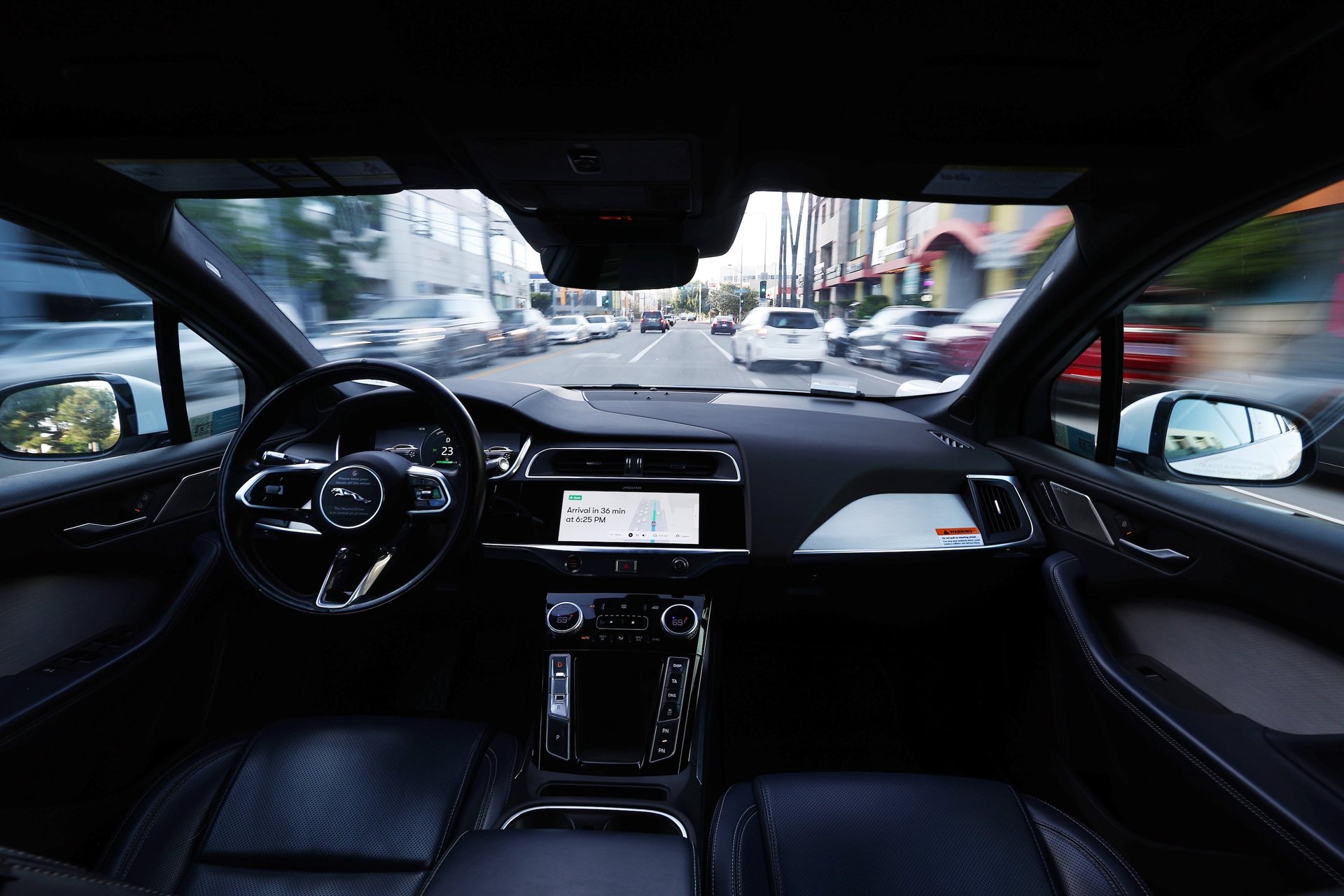The next big robotaxi push is almost here
Tesla, Uber, and Lyft are showing their cards — and eyeing Texas as the new battleground for autonomous taxis

Most Americans aren’t sold on driverless cars or robotaxis, but they’re coming anyways; Tesla (TSLA), Uber (UBER), and Lyft (LYFT) are betting on it.
Suggested Reading
The last big driverless-car hype cycle centered on rollouts from Waymo (GOOGL) and Cruise (GM) in the San Francisco Bay Area. Their fleet of robotaxis dominated headlines, as the sudden influx of autonomous vehicles divided residents over pedestrian safety and job automation. A deadly collision with a GM-backed Cruise robotaxi in Oct. 2023 heightened regulatory scrutiny and the company eventually exited the robotaxi business altogether
Related Content
Now, another robotaxi push is under way. This time, Tesla, Uber, Lyft, and others are gearing up for battle in Texas — where autonomous-vehicle regulations are loose. The industry is also awaiting favorable nationwide rules, courtesy of Elon Musk’s relationship with President Donald Trump.
On Jan. 29, Musk told investors that Tesla would debut “autonomous ride-hailing for money in Austin, in June.” Crucially, the executive did not offer specifics on the scale of the rollout. Critics have long accused Musk of overstating Tesla’s self-driving tech, and Tesla often misses its own product-launch deadlines.
Regardless of how Tesla’s push pans out, Uber and Lyft are forming separate alliances to gain a foothold in Texas.
Ex-rivals Uber and Waymo said in September that they would team up to offer robotaxis in Austin and Atlanta in early 2025. On Feb. 5, Uber started promoting its waitlist for the service and shared a teaser of the co-branded autonomous vehicles. According to TechCrunch, the deal has Waymo handling the driverless tech, while Uber oversees fleet management and maintenance.
Waymo started piloting robotaxis in Austin in Oct. 2024 — the company already offers robotaxi services in Los Angeles and Phoenix, along with the Bay Area. One early Waymo user posted a screenshot to Reddit showing a 31-minute wait for an autonomous ride in Austin. “Can’t imagine how bad it will be under Uber,” they said, adding that the cars were “already poorly cleaned.”
Lyft chimed in with its own plans on Monday, Feb. 10, telling TechCrunch that it will bring its own robotaxi service to Dallas “as soon as 2026,” powered by Mobileye’s (INTC) autonomous-vehicle tech and financed by Japan’s Marubeni Corporation (MARUY).
In a statement shared with Quartz, Royal Bank of Canada (RY) Capital Markets analyst Tom Narayan explained how Tesla’s autonomous tech differs from the tech Lyft and Uber will use. “A key difference between this [Mobileye] service and Waymo versus Tesla’s service, concerns hardware,” said Narayan.”Unlike Tesla, [Mobileye] and Waymo utilize cameras, radars, and lidars. Tesla is seeking to only use its camera-based FSD system.”
For Mobileye, Narayan called the Lyft deal “incrementally positive” and said it signals “an increasing interest in Level 4 robotaxi efforts, across the industry.”
